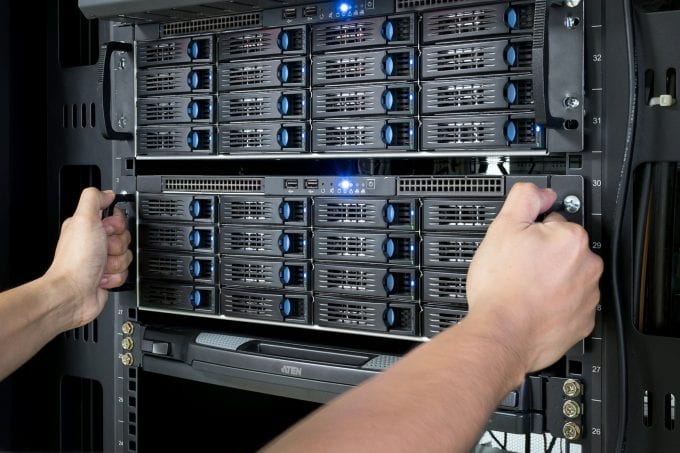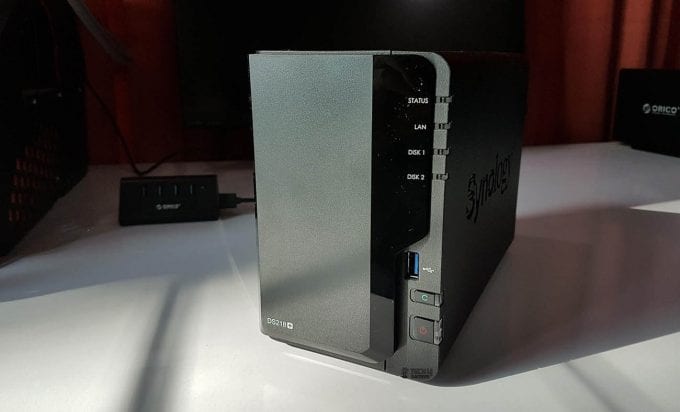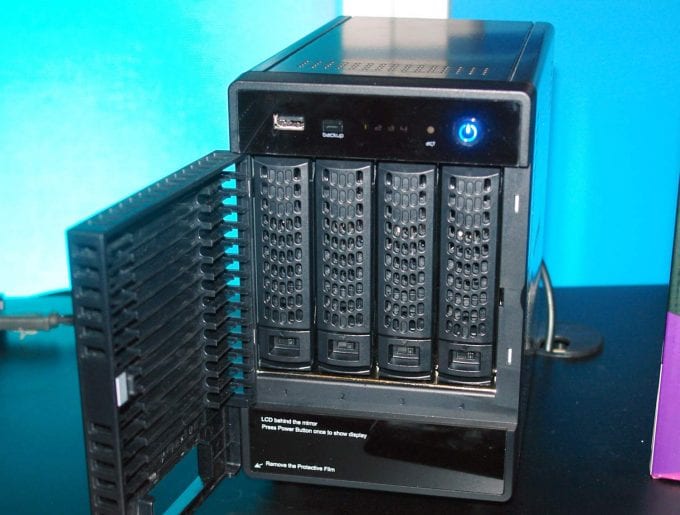Data is a valuable asset in both small and large organizations. Without access to data, your company may find it challenging to offer high-quality services. If you do not have a reliable storage solution, your business may experience numerous challenges, such as data loss and poor customer service. One of the effective ways to counter the challenges is to use network-attached storage (NAS).
Network-attached storage is a simple and cost-effective way to manage and backup your data. It performs automatic backups at planned time frames. Hence, organizations do not need human resources to administer backup solutions. With the use of the innovative software, your sensitive business data is safe with efficient disaster recovery procedures.
Where is NAS used?

Network-attached storage is used in client backups, server backups, and remote replication.
Let us delve deeper into each of the above scenarios.
Client Backups
Most organizations usually perform system backups after working hours because of busy daytime schedules. In the evening, most users have logged out of the system. However, mobile devices and notebooks must be backed up at the worksite since they are used in remote locations. Below are ways in which different devices use the client backup solution:
- Desktop computers
You need to install the client backup software on the computers and plan a NAS backup at a particular time after working hours. Each workstation transmits information through the local area network (LAN) to the network-attached storage (from the disk to the tape).
- Mobile devices
Install the backup software on the mobile phone or notebook, and the NAS will prompt data transfers. The transmission occurs through the network – from disk to disk. Then the software backs up to NAS.

Server Backups
You can use NAS software to perform backups in servers with multiple networks in diverse platforms. Large organizations with full-time operations receive snapshots that display data copies within a set time frame.
The server admin loads the software on the server application and sets a backup schedule at specific hours. During the transmission, the software sends snapshots to the NAS via the network for storage and fast retrieval.
Remote Replication
Large businesses and organizations usually prefer NAS since it incorporates remote replication. It entails data duplication to a storage device in a remote location. All you need to do is install the software on the remote NAS devices and the central system that holds all the backup files. It will then back up all the information to tape devices.
Benefits of Network-attached Storage

Here are the primary advantages of NAS that you can enjoy.
Flexible Storage Capacity
With NAS, you can never go wrong with storage space since you can add more hard drives to meet the data capacity. Your backup exercise will not halt due to inadequate space. Thus, ensuring smooth business operations.
Seamless Collaboration
It can be quite frustrating to send documents several times for collaborating on a specific report. But with NAS, file sharing is easy and convenient since you can get all files at a central location.
Automatic Backup
Consistency is paramount is data backup solutions due to business continuity and efficient service delivery. You may experience virus attacks and power outages at any time; that is why you need a reliable backup solution. NAS provides users with automatic backups at specific durations. You can configure the backups depending on your business needs.
Cloud Storage
NAS offers privacy in the cloud. Sensitive data can be stored securely away from numerous attacks. It is convenient, so both small and large businesses can use NAS to improve productivity and efficiency in service delivery.
As you can see, network-based storage is a useful data storage solution connecting different hard drives to a centralized computer network that allows file-sharing. NAS is suitable for small and large organizations since it is cheap and has flexible storage space for backing up and archiving data.
General NAS Backup Recommendations

How to make the most out of NAS backup solutions, preventing potential risks and data vulnerabilities? Here are some expert recommendations for advanced data security and more informed choices among the backup options.
Determine what NAD Backup You Need
Check the available set of backup options ranging from a directly attached single hard disk, a USB hard disk drive, or cloud storage.
Use Directly Attached Storage for Backup
As you might already know, there are several alternatives for backing up your data. Some hardware types have additional USB or eSATA ports for connecting external devices, and you can use these ports for connecting an external USB/eSATA disk drive to copy your files. But keep in mind that this method is manual; you can’t establish an automated backup sequence with the help of a disk drive. Besides, open files in which you currently work won’t copy consistently.
Make Reserve Copies to an External NAS
In case the NAS you use enables connection to a remote shared folder, you may consider data backup on another NAS. This strategy is particularly relevant to those who use third-party machines.

Try the 3-2-1 Backup Strategy
The 3-2-1 strategy was designed to ensure bullet-proof protection for your data. It means that 3 copies are stored in 2 different locations, one of which should necessarily be off-site. Such precautions guarantee the intactness of your data even if a calamity occurs in your location and destroys the physical data storage devices you have.
Consider Cloud NAS Backup Solutions
Cloud data backup is a secure, cost-effective option for individuals and businesses, often coming as a default feature built into the NAS hardware. But before using this alternative, double-check whether your company’s policy allows external storage of data.
As you can see from the present account of NAS backup solutions, working with a NAS is quite different from operating a regular machine. Now that you know what NAS is and what implications for backing up data it presupposes, conduct an audit of your backup needs, and choose a solution wisely.
For more information, visit https://www.nakivo.com/vmware-backup/.









